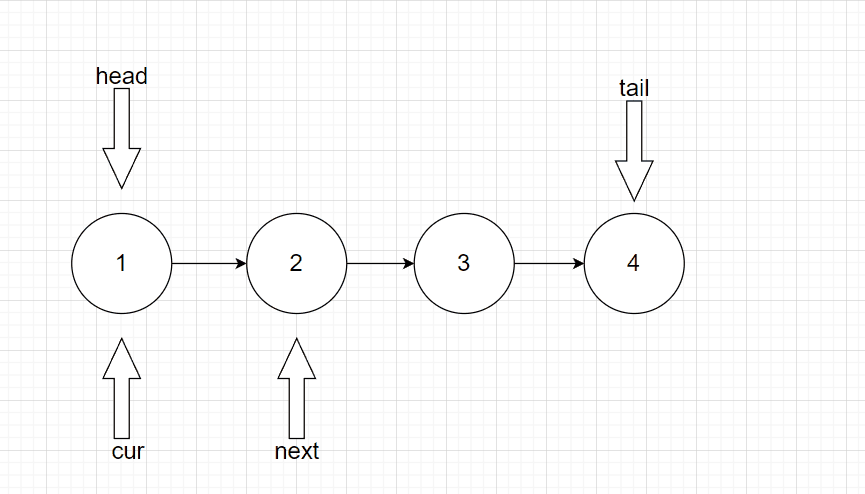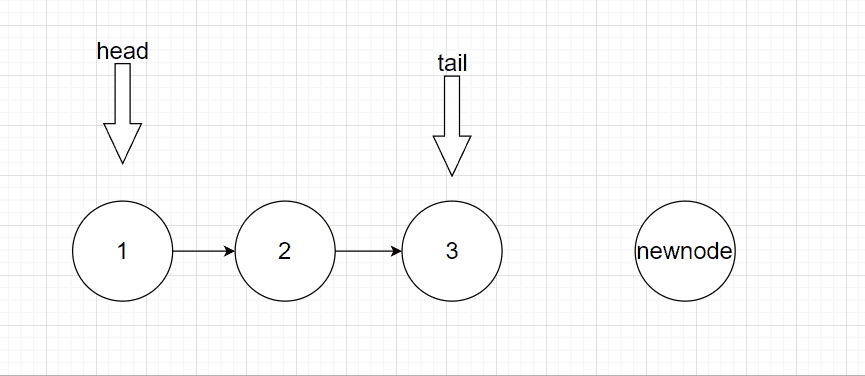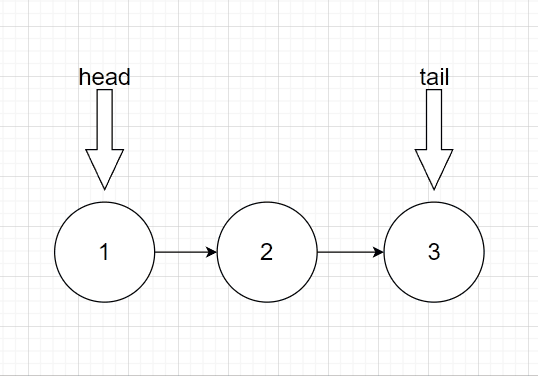C语言如何实现队列
导读:本文共3670字符,通常情况下阅读需要12分钟。同时您也可以点击右侧朗读,来听本文内容。按键盘←(左) →(右) 方向键可以翻页。
摘要: 一. 什么是队列队列是一种特殊的线性表,特殊之处在于它只允许在表的前端(head)进行删除操作,而在表的后端(tail)进行插入操作,和栈一样,队列是一种操作受限制的线性表。进行插入操作的端称为队尾,进行删除操作的端称为队头。这个队列就可以理解成我们平时的排队,先进入的先出去,与我们之前实现的先进后出的栈相反。二. 使用什么来实现栈再把上次的图拿出来,我们看看是... ...
目录
(为您整理了一些要点),点击可以直达。一. 什么是队列
队列是一种特殊的线性表,特殊之处在于它只允许在表的前端(head)进行删除操作,而在表的后端(tail)进行插入操作,和栈一样,队列是一种操作受限制的线性表。进行插入操作的端称为队尾,进行删除操作的端称为队头。
这个队列就可以理解成我们平时的排队,先进入的先出去,与我们之前实现的先进后出的栈相反。
二. 使用什么来实现栈
再把上次的图拿出来,我们看看是用线性表来实现队列,还是链表比较好
综合上表来看,我觉得链表较为方便,原因如下:
1.队列有多少元素不确定,链表可以做到需要就申请,不用就释放,较为方便
2.队列是先进先出,顺序固定,不需要随机访问。
三. 队列的实现
3.1头文件
1.包含的标准库
#include<stdio.h>#include<stdlib.h>#include<stdbool.h>#include<assert.h>
2.定义结构体
typedefintQDateType;//队列存储数据类型typedefstructQueueNode//队列元素节点{ QDateTypeval; structQueueNode*next;}QueueNode;typedef structQueue//队列{ QueueNode*head; QueueNode*tail;}Queue;3.函数声明
voidQueueInti(Queue*pq);//队列初始化voidQueueDestory(Queue*pq);//队列的销毁voidQueuePush(Queue*pq,QDateTypex);//入队voidQueuePop(Queue*pq);//出队QDateTypeQueueFront(Queue*pq);//取出队首元素intQueueSize(Queue*pq);//求队列的长度boolQueueEmpty(Queue*pq);//判断队是否为空
3.2 函数的实现
1.队列的初始化
将头尾置为空指针即可。
voidQueueInti(Queue*pq){assert(pq);//防止pq为空指针pq->head=pq->tail=NULL;}2.队列的销毁
遍历队列元素,然后将每一个元素释放。
voidQueueDestory(Queue*pq){assert(pq);//防止pq为空指针QueueNode*cur=pq->head;while(cur){QueueNode*next=cur->next;free(cur);cur=next;}pq->tail=pq->head=NULL;}
3.入队
对于入队,我们首先需要去开辟一个新的节点来存储数据,然后将这个节点加入到tail后即可。此时我们就要分别考虑。
1.如果为空队列,那么我们不仅要改变tail,还要改变head的值
2.如果不为空队列,只用改变tail即可。
voidQueuePush(Queue*pq,QDateTypex){ assert(pq);//防止pq为空指针 QueueNode*newNode=(QueueNode*)malloc(sizeof(QueueNode)); if(NULL==newNode) { printf("mallocerror\n"); exit(-1); } newNode->val=x; newNode->next=NULL;//开辟一个新节点存储数据 if(pq->tail==NULL)//判断是否为空队列 { assert(pq->head==NULL); pq->head=pq->tail=newNode; } else { pq->tail->next=newNode; pq->tail=newNode; }}
4.出队
对于出队,我们同样需要考虑两种情况
队列为空,改变head的同时改变tail
队列不为空,改变head即可。
voidQueuePop(Queue*pq){assert(pq);//防止pq为空指针assert(pq->head&&pq->tail);//防止队列为空队列if(pq->head->next==NULL){free(pq->head);pq->head=pq->tail=NULL;}else{QueueNode*next=pq->head->next;free(pq->head);pq->head=next;}}
5. 取出队首元素
没啥说的,直接访问头节点取出即可
QDateTypeQueueFront(Queue*pq){assert(pq);//防止pq为空指针assert(pq->head&&pq->tail);//防止队列为空队列returnpq->head->val;}6.判断是否为空队列
我们只需要判断头指针是否为NULL,如果是则为空
boolQueueEmpty(Queue*pq){assert(pq);returnpq->head==NULL;}7. 求队伍长度
创建一个变量,遍历队伍求长度。
intQueueSize(Queue*pq){assert(pq);QueueNode*cur=pq->head;intcount=0;while(cur){cur=cur->next;count++;}returncount;}四.完整代码
#include<stdio.h>#include<stdlib.h>#include<stdbool.h>#include<assert.h>typedefintQDateType;typedefstructQueueNode{ QDateTypeval; structQueueNode*next;}QueueNode;typedef structQueue{ QueueNode*head; QueueNode*tail;}Queue;voidQueueInti(Queue*pq){ assert(pq); pq->head=pq->tail=NULL;}voidQueueDestory(Queue*pq){ assert(pq); QueueNode*cur=pq->head; while(cur) { QueueNode*next=cur->next; free(cur); cur=next; } pq->tail=pq->head=NULL;}voidQueuePush(Queue*pq,QDateTypex){ assert(pq); QueueNode*newNode=(QueueNode*)malloc(sizeof(QueueNode)); if(NULL==newNode) { printf("mallocerror\n"); exit(-1); } newNode->val=x; newNode->next=NULL; if(pq->tail==NULL) { assert(pq->head==NULL); pq->head=pq->tail=newNode; } else { pq->tail->next=newNode; pq->tail=newNode; }}voidQueuePop(Queue*pq){ assert(pq); assert(pq->head&&pq->tail); if(pq->head->next==NULL) { free(pq->head); pq->head=pq->tail=NULL; } else { QueueNode*next=pq->head->next; free(pq->head); pq->head=next; }}boolQueueEmpty(Queue*pq){ assert(pq); returnpq->head==NULL;}QDateTypeQueueFront(Queue*pq){ assert(pq); assert(pq->head); returnpq->head->val;}intQueueSize(Queue*pq){ assert(pq); QueueNode*cur=pq->head; intcount=0; while(cur) { cur=cur->next; count++; } returncount;} </div> <div class="zixun-tj-product adv-bottom"></div> </div> </div> <div class="prve-next-news">C语言如何实现队列的详细内容,希望对您有所帮助,信息来源于网络。